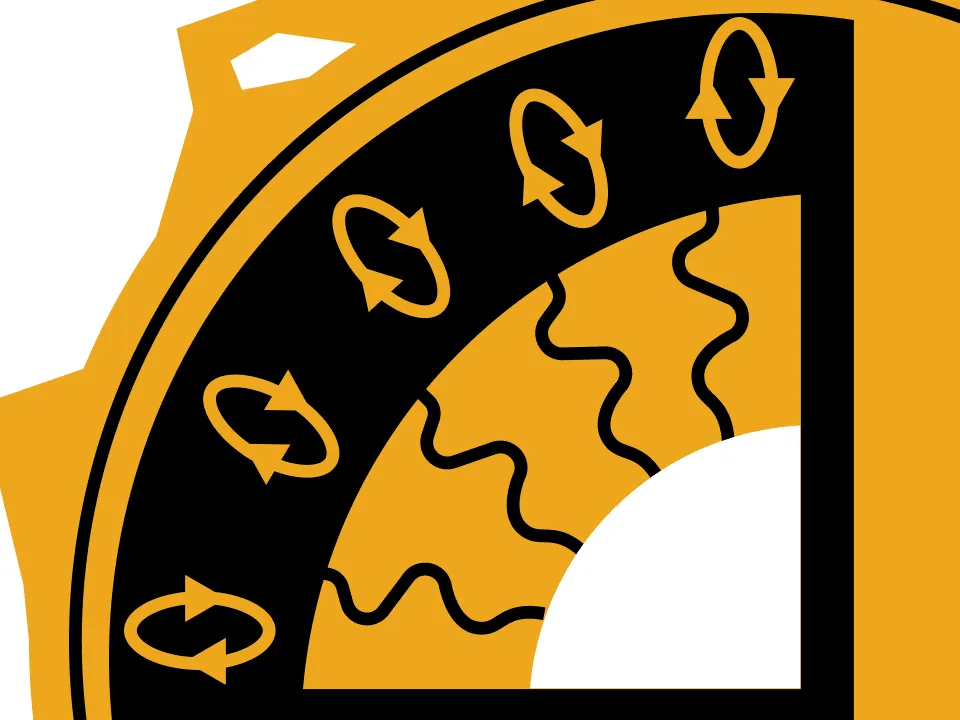
Cislunar Space: 3-Body Model of Orbital Dynamics Beyond the Geosynchronous Belt (xGEO) 
This course introduces the 3-body model of orbital dynamics beyond the geosynchronous belt. It covers equations of motion, 3-body energy, Tisserand relation, Tisserand curve, zero velocity curves, zero velocity surfaces, and Lagrange points. It provides an overview of the dynamics of cislunar space and the tools to analyze them. ▼
ADVERTISEMENT
Course Feature
![]() Cost:
Cost:
Free
![]() Provider:
Provider:
Youtube
![]() Certificate:
Certificate:
Paid Certification
![]() Language:
Language:
English
![]() Start Date:
Start Date:
On-Demand
Course Overview
❗The content presented here is sourced directly from Youtube platform. For comprehensive course details, including enrollment information, simply click on the 'Go to class' link on our website.
Updated in [February 21st, 2023]
Introductory comments
Outline
Equations of motion
3-body energy - constant of motion
Tisserand relation, Tisserand curve meaning
Realms of possible motion
Zero velocity curves
Zero velocity surfaces
Lagrange points
L4, L5 - triangular points
L4, L5 - tadpole and horseshoe orbits
L1, L2 - collinear points
L1, L2 - 4 types of trajectories
Lissajous orbits
Halo orbits 3D
Lyapunov orbits planar
Stability of periodic orbits
Stability of halo orbits
Approaching and departing directions
Quasi-halo orbits
Stable and unstable manifolds
Transition tubes
MATLAB exercise intro
Differential correction
MATLAB demo
Cislunar-heliocentric space connection
Lunar L1 to Sun-Earth L2
Apollo 12 upper stage
Orbital resonance
Resonances with moon
Poincare section
Mixed phase space, chaotic and resonance regions
Semi-analytical model of multiple lunar flybys
Connection with ballistic capture
Persistence in realistic models
References
(Please note that we obtained the following content based on information that users may want to know, such as skills, applicable scenarios, future development, etc., combined with AI tools, and have been manually reviewed)
This course provides an introduction to the 3-body model of orbital dynamics beyond the geosynchronous belt, covering topics such as equations of motion, zero velocity curves, Lagrange points, Lissajous orbits, halo orbits, Lyapunov orbits, and more. It also provides a MATLAB exercise and demo to help learners understand the concepts better.
Possible Development Paths include furthering their knowledge in orbital dynamics, space engineering, and aerospace engineering. They could also pursue a career in space exploration, satellite navigation, or space mission design.
Learning Suggestions for learners include studying related topics such as celestial mechanics, orbital mechanics, and astrodynamics. They should also practice using MATLAB to better understand the concepts covered in the course. Additionally, they should read up on the history of space exploration and the various space missions that have been conducted.
Course Provider

Provider Youtube's Stats at AZClass
Discussion and Reviews
0.0 (Based on 0 reviews)
Explore Similar Online Courses

Microsoft Teams Tutorial for Beginners: Microsoft Teams Demo - Teams Crash Course

Man About Cake Season 9

Python for Informatics: Exploring Information

Social Network Analysis

Introduction to Systematic Review and Meta-Analysis

The Analytics Edge

DCO042 - Python For Informatics

Causal Diagrams: Draw Your Assumptions Before Your Conclusions

Whole genome sequencing of bacterial genomes - tools and applications

Astrophysics & Cosmology

Astrophysics & Cosmology


Start your review of Cislunar Space: 3-Body Model of Orbital Dynamics Beyond the Geosynchronous Belt (xGEO)